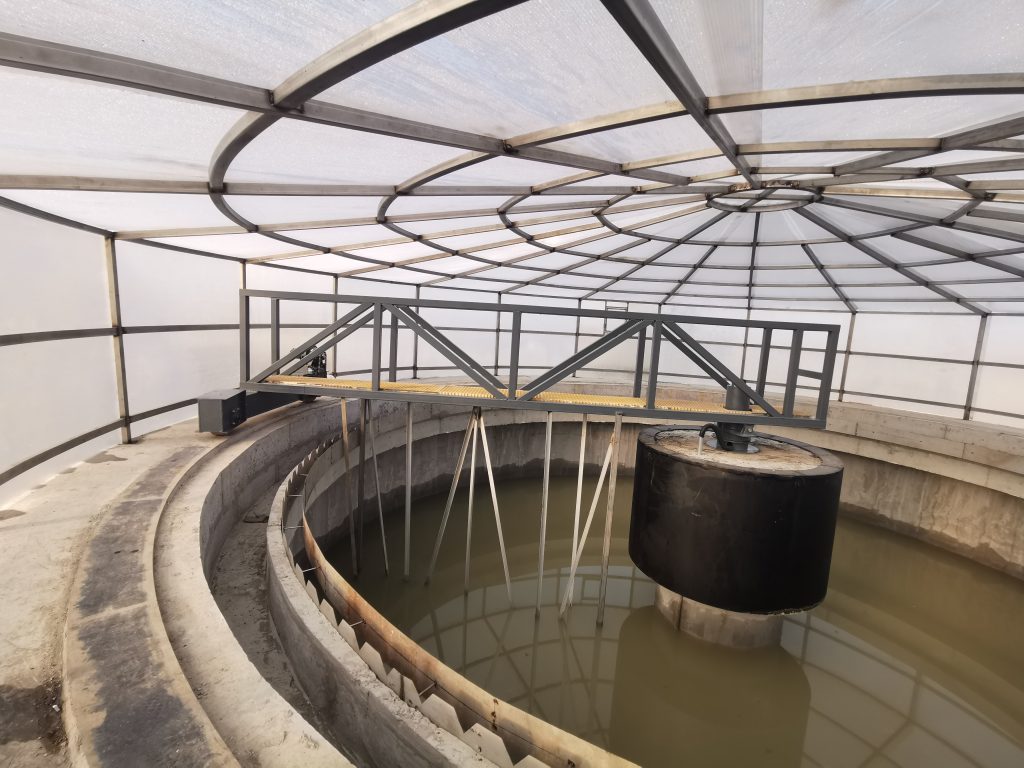Where does the waste in the biochemical tank come from?
During the operation of a wastewater treatment plant, staff members often observe a substantial amount of garbage in the bio-tank, secondary settling tank, and other areas. This not only affects the aesthetics but also significantly impacts the equipment operation, such as water pump blockage, abnormal mixer sounds, sludge suction machine blockage, among others. So, what are the sources of this garbage, and how can it be prevented?

1.Construction waste:
During the construction or renovation of a wastewater treatment plant, construction waste such as buckets, mineral water bottles, and plastic bags are often left in the tank. Some construction companies start introducing water without cleaning up the garbage in the tank, leaving most of the waste in the tank. This can adversely affect the later commissioning and operation. After the construction of the wastewater treatment plant is completed, the construction party must be urged to clean out all the garbage in the tank before starting to introduce water and perform a water-tightness test on all structures.
2.Commissioning waste:
During the commissioning process of a wastewater treatment plant, external activated sludge from other plants is generally needed. However, this sludge often contains some garbage after dewatering, which will enter the system with the sludge. When inoculating sludge, water can be used to dilute the sludge first, and then a water pump can be used to extract the sludge. The inlet of the water pump can be wrapped with a wire mesh to block the entry of garbage. The wastewater treatment plant can avoid or reduce the entry of external garbage when inoculating sludge.
3.Inflow waste:
Coarse and fine screens are usually set up at the front end of the wastewater treatment process to prevent garbage from entering the back-end process. However, some garbage always escapes through the screens and enters the back-end process. Some garbage is squeezed into the back of the screen through the gap, or during the rotation of the screen, it is rotated to the back of the screen and enters the system. For garbage entering the system through the inflow, the screen process can be optimized, and any damaged rakes should be repaired promptly. The screen is the first line of defense for wastewater treatment, and the proper disposal of the first line of defense plays an important role in the normal operation of later processes.

4.Intentional waste dumping:
Some employees of wastewater treatment plants have low quality and, during the inspection or equipment maintenance process, throw cigarette butts, chewed betel nut residues, betel nut bags, mineral water bottles, and other garbage into the tank or directly blown into the tank by the wind. Besides, some waste is blown into the tank by strong winds, such as plastic bags. For garbage blown in by strong winds, it is not practical to seal the tank. Many wastewater treatment plants are open-air, and building greenhouses or using other methods are not realistic.
Regardless of the way garbage enters the bio-tank, staff members can use nets and other items to salvage the waste in the bio-tank, reducing its impact on equipment operation.
